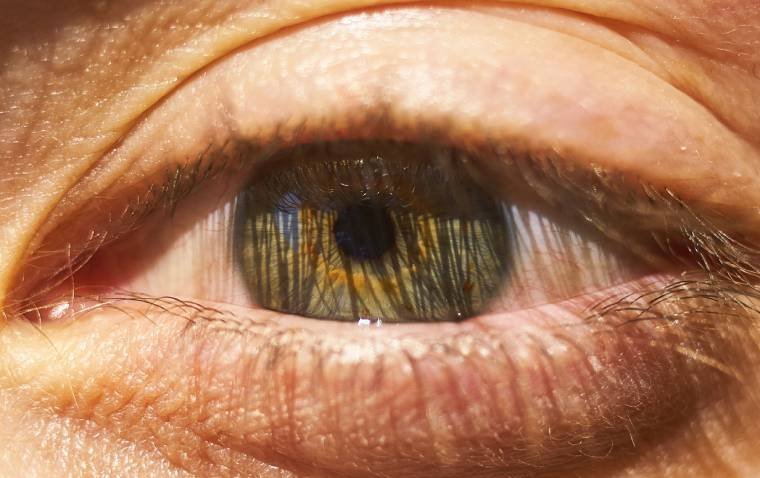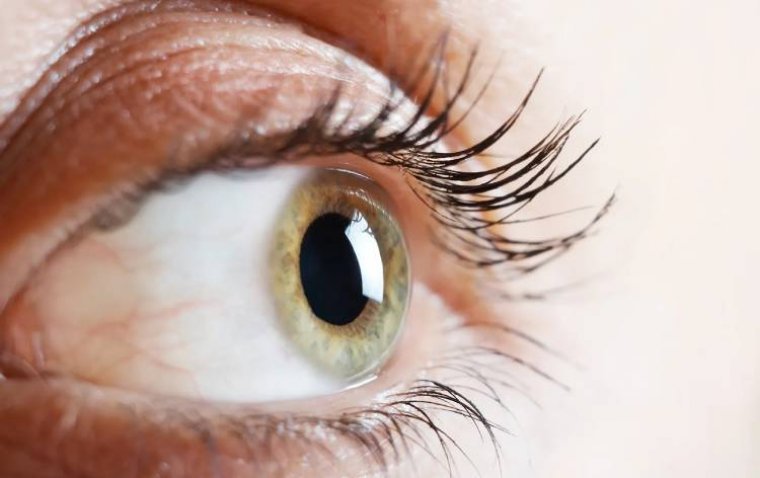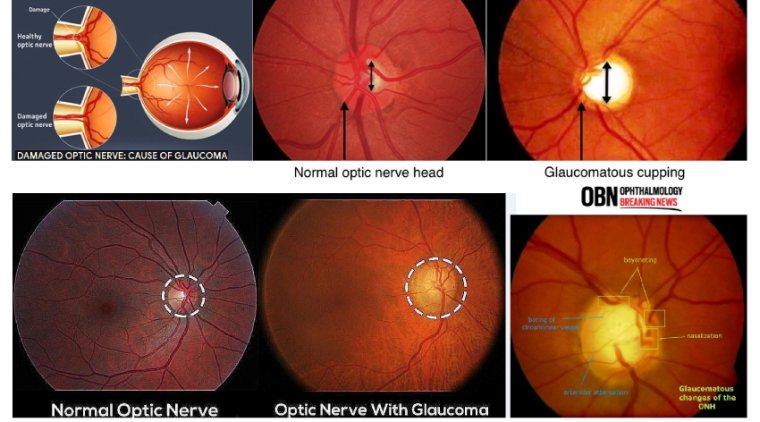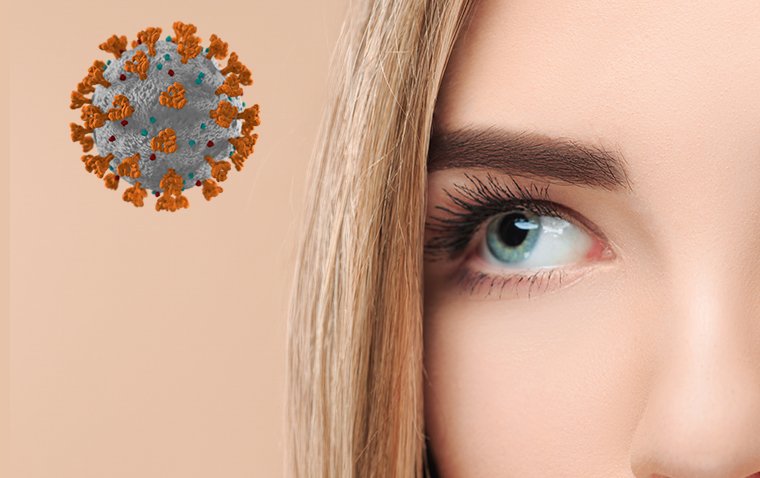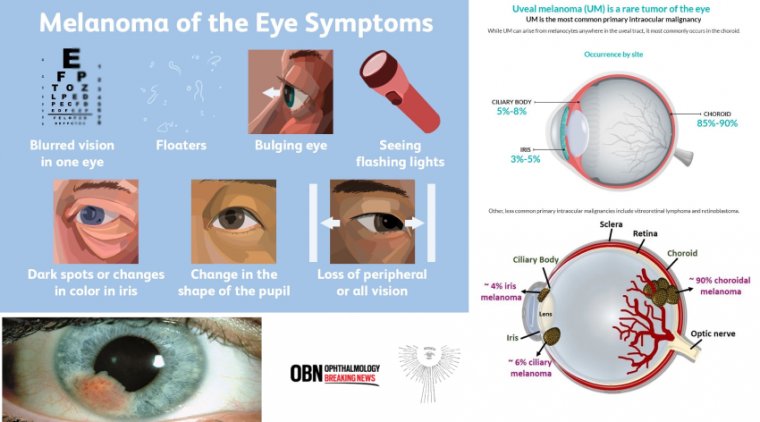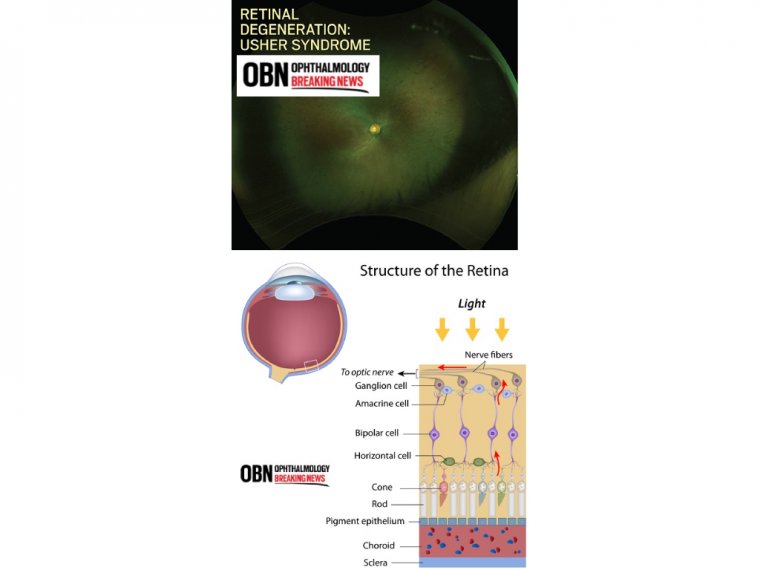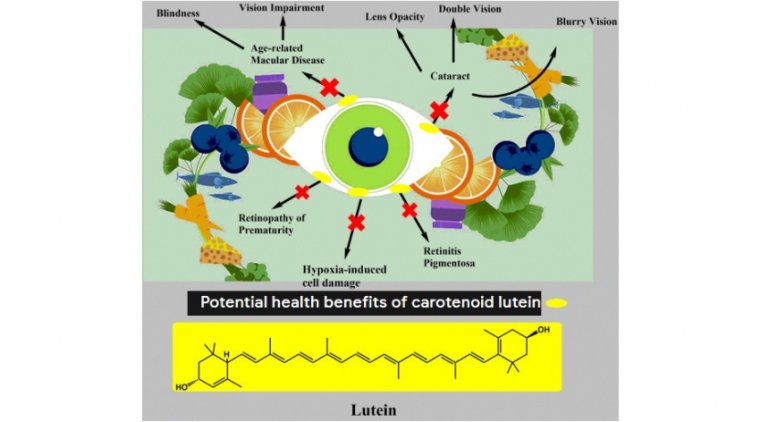
Potential Health Benefits of Carotenoid Lutein
Carotenoids in food substances are believed to have health benefits by lowering the risk of diseases. Lutein, a carotenoid compound, is one of the essential nutrients available in green leafy vegetables (kale, broccoli, spinach, lettuce, and peas), along with other foods, such as eggs.
As nutrition plays a pivotal role in maintaining human health, lutein, as a nutritional substance, confers promising benefits against numerous health issues, including neurological disorders, eye diseases, skin irritation, etc.
Lutein, zeaxanthin, and meso-zeaxanthin are the only carotenoids found in the human macula and may have a role in visual function. These carotenoids are reported to protect the retina, and thus vision, as antioxidants and by acting as a blue light filter.
Lutein and zeaxanthin are xanthophyll carotenoids. Humans cannot synthesize lutein and zeaxanthin and must obtain these from their diet. Sources of lutein and zeaxanthin include green leafy vegetables, egg yolks, corn, and squash.
It has been estimated that American adults consume 1–2 mg of lutein/zeaxanthin per day from dietary sources. Of the >1000 carotenoids found in nature, only lutein and zeaxanthin and their metabolites are present in the human macula. Οφθαλμός
Collectively, lutein, zeaxanthin, and meso-zeaxanthin (an isomer of zeaxanthin) comprise the macular pigment.
Macular pigment optical density (MPOD) is a measure of the concentrations of lutein/zeaxanthin in the macula.
MPOD is measured in optical density units and ranges between 0 and 1. A recent systematic review reported a positive association between MPOD and visual function, including correlations with contrast sensitivity, photostress recovery, and glare disability.
Although the carotenoid lutein and its related form called zeaxanthin have been associated with eye health for some time, the amount that provides benefit has yet to be quantified. Ophthalmology News
A state-of-the-art summary of evidence shows there is a moderate level of evidence linking 10 milligrams of lutein/zeaxanthin per day with eye function. Five mg/day was insufficient to have an effect and sufficient research was lacking to determine impacts at the 5-10 mg level. Ophthalmology News.
While more research would be helpful, this "study of studies" finds that the indicator of normal eye structure called macular pigment optical density (MPOD) improved with intake of the carotenoid lutein/zeaxanthin. Macular pigment is a key structure in the eye protecting the retina from damaging blue light.
The state of the art evidence titled "The Effect of Lutein/Zeaxanthin Intake on Human MPOD: A Systematic Review and Meta-Analysis," is published in the peer-reviewed journal Advances in Nutrition.
The review focused on 46 human studies, totaling 3,189 participants with healthy eyes. MPOD is a measure of lutein/zeaxanthin concentration in the macula and is associated with visual function.
This systematic review reports that lutein and zeaxanthin intake at doses 10 mg or more increases macular pigment density in adults with healthy eyes. It should be noted that these studies are conducted over a relatively short time period (months rather than years).
An important gap is to study whether levels below 10 mg, when consumed regularly as part of a diet over years (not just a few months), has impact on macular pigment comparable to short-term higher supplementation.
According to senior author Dr. Karen Robinson, "Our review was the first to evaluate the effects of both dietary and supplemental sources of lutein on healthy eyes.
Daily lutein supplements of 10 mg or more increased macular pigment after 3 months. Studies of dietary sources of lutein generally used lower daily doses of lutein over a short period of time (6 months or less)."
(1).jpg)
